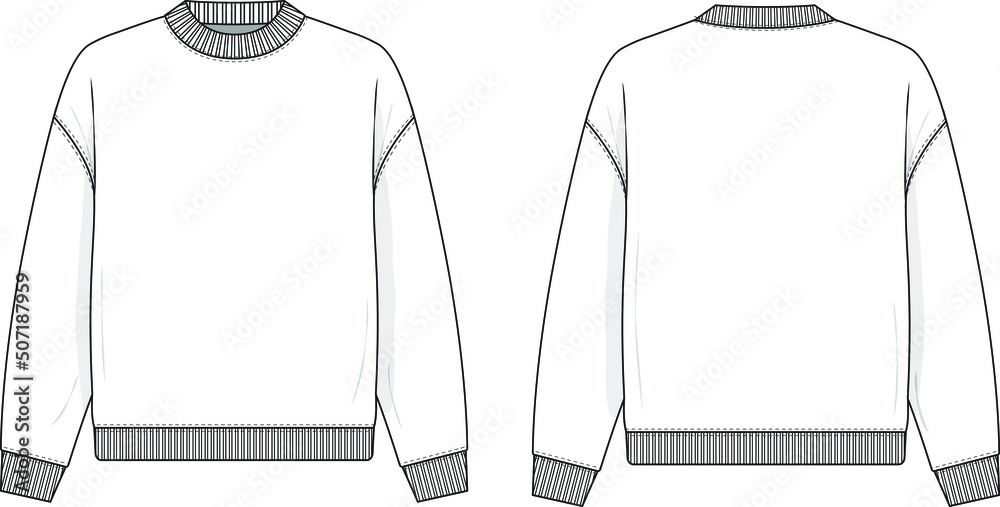For photographers, having your pictures featured in a magazine is a milestone that can elevate your career. It’s not just about showcasing your talent but also reaching a wider audience and gaining credibility in the competitive world of visual storytelling. Whether you’re a seasoned professional or an enthusiastic hobbyist, understanding the process ofhow to submit pictures to a magazine is essential. This guide breaks it down for you step by step.
Why Submit Pictures to a Magazine?
Magazines remain a powerful medium for storytelling, blending words with impactful visuals. Submitting your work can lead to recognition, professional connections, and even financial rewards. Whether your focus is fashion, wildlife, lifestyle, or news photography, magazines provide an unmatched platform to present your art.
Researching the Right Magazine
Before you submit, identify the magazines that align with your style and subject matter.
- Understand the Magazine’s Genre: Fashion, nature, travel, or niche subjects like food photography require tailored approaches.
- Study Previous Issues: Analyze the tone, style, and types of photos they prefer.
- Target the Right Departments: Magazines often have sections for specific styles of work, such as editorials or photo essays.
Know Their Submission Guidelines
Each magazine will have specific guidelines for submissions. Failing to adhere to these can result in immediate rejection.
- Preferred Formats: Magazines typically request JPEG, TIFF, or PNG files.
- Resolution Requirements: Most require high-resolution images (300 DPI or higher).
- File Naming Conventions: Ensure your files are named according to their instructions, often including your name and a brief description.
- Submission Platform: Some accept direct email submissions, while others use portals like Submittable.
Create a Portfolio That Stands Out
When you’re pitching your work, your portfolio is your first impression.
- Curate the Best: Showcase only your strongest images. Less is more when quality is prioritized.
- Tell a Story: A cohesive theme or narrative can make your submission memorable.
- Include a Variety of Shots: Offer a mix of wide-angle, medium, and close-up images for versatility.
Crafting a Compelling Pitch
A good pitch can make or break your submission.
- Personalize Your Approach: Address your email to the correct editor by name.
- Introduce Yourself Briefly: Mention your background and any relevant experience.
- Explain Your Concept: Describe how your images align with the magazine’s audience and style.
- Attach a PDF Portfolio: Include low-resolution previews of your work to avoid clogging inboxes.
Legal and Ethical Considerations
Before submitting, be aware of your rights and responsibilities.
- Understand Copyright: Ensure you retain copyright ownership of your images.
- Model Releases: If your work involves people, secure written permissions.
- Licensing Terms: Clarify whether the magazine wants exclusive or non-exclusive rights.
What Happens After Submission?
Once your submission is sent, patience and follow-ups are key.
- Initial Review: Magazines may take weeks to review submissions.
- Feedback: If rejected, politely request constructive criticism to improve.
- Publication Process: If accepted, coordinate with editors for final edits and publishing timelines.
Building Relationships with Editors
Networking is just as important as talent.
- Be Professional: Always meet deadlines and follow guidelines.
- Stay in Touch: Send occasional updates about your work to build rapport.
- Collaborate: Offer exclusive ideas or access to unique shoots.
Tools and Resources to Simplify Submissions
Leverage technology to make your submission process smoother.
- Photo Editing Software: Use tools like Adobe Lightroom to fine-tune your images.
- Online Portfolios: Platforms like Behance or SmugMug allow editors to browse your work.
- Submission Portals: Websites like PhotoVogue or Getty Images cater to freelance photographers.
Common Mistakes to Avoid
- Ignoring Submission Guidelines
- Overloading Editors with Too Many Images
- Submitting Low-Quality or Unedited Photos
- Failing to Include Contact Information
Benefits of Being Published in a Magazine
The rewards go far beyond monetary compensation.
- Increased Exposure: Magazines have large and loyal readerships.
- Credibility: Being featured adds prestige to your portfolio.
- Opportunities: Opens doors to new clients, collaborations, and projects.
Submitting Pictures to a Magazine
The journey may seem daunting, but every successful photographer started somewhere. By following these steps, refining your craft, and building relationships, you’ll increase your chances of seeing your work in print. Stay persistent, keep learning, and never stop chasing that dream of publication.
FAQs
How can I find magazines accepting photo submissions?
Search online for submission calls or visit magazine websites directly for guidelines.
Do magazines pay for published pictures?
Some do, while others offer non-monetary benefits like exposure. Always clarify payment terms before submitting.
Can amateur how to submit pictures to a magazine?
Absolutely! Many magazines welcome submissions from emerging talent.
How long does it take to hear back from a magazine?
It varies but can range from a few weeks to months. Follow up politely after the stated review period.
What are exclusive vs. non-exclusive photo rights?
Exclusive rights mean the magazine has sole access to your image, while non-exclusive allows you to publish elsewhere.
Should I watermark my images before submitting?
Generally, no. Editors prefer unmarked images for evaluation but ensure you’re submitting to reputable outlets.











